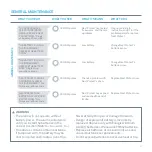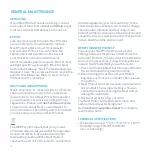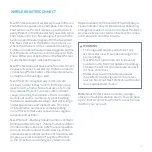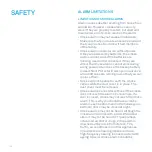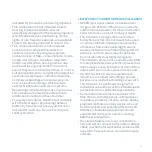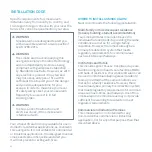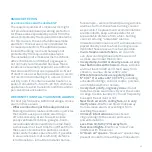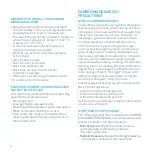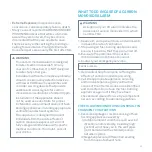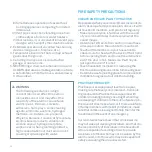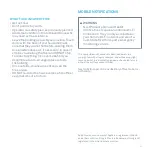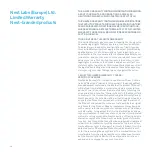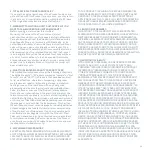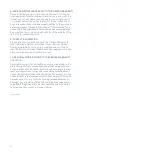
24
WHERE NOT TO INSTALL YOUR CARBON
MONOXIDE ALARMS
• Keep the carbon monoxide alarm at least
3 m (10 ft) away from any cooking appliances,
including the hob, oven, microwave, etc
• This alarm should not be installed in locations
where the temperature is below 5 °C (41 °F)
or above 45 °C (113 °F)
• In an enclosed space (for example, in a
cupboard or behind a curtain)
• Where it can be obstructed (for example,
by furniture)
• Directly above a sink
• Next to a door or window
• Next to an extractor fan
• Next to an air vent or other similar
ventilation openings
• Where dirt and dust may block the sensor
• In a damp or humid location
EXAMPLES OF WHEN YOUR SMOKE ALARM
MAY NOT BE EFFECTIVE
Your alarm may not be effective in protecting
against fire in certain cases:
• Smoking in bed
• Leaving children unsupervised
• Cleaning with flammable liquids, like petrol
• When someone’s clothing is on fire
• Fires where the smoke is prevented from
reaching the alarm due to a closed door or
other obstruction
CARBON MONOXIDE (CO)
PRECAUTIONS
WHAT IS CARBON MONOXIDE?
Carbon Monoxide (CO) is an invisible, odourless,
tasteless gas produced when fuels do not burn
completely, or are exposed to heat (usually fire)
These fuels include: wood, coal, charcoal, oil,
natural gas, gasoline, kerosene and propane
Common appliances that are often sources
of CO include oil or gas burning boilers, gas
ovens, wood-burning fireplaces, and charcoal
grills If they are not properly maintained, are
improperly ventilated or malfunction, CO levels
can rise quickly Additional sources include
space and water heating, cooking, uncontrolled
burning, tobacco smoking, internal combustion
engine CO is a real danger now that homes are
more energy efficient “Air-tight” homes with
added insulation, sealed windows, and other
weatherproofing can “trap” CO inside
Electrical appliances typically do not produce CO
Nest Protect will alarm:
• within 3 minutes at 300 ppm CO
• within 40 minutes at 100 ppm CO
• within 90 minutes at 50 ppm CO
Unit will not sound the alarm before 120 minutes
of exposure at 30 ppm
SYMPTOMS OF CO POISONING
The following symptoms are related to CARBON
MONOXIDE POISONING and are to be discussed
with ALL members of the household:
•
Mild Exposure:
Slight headache, nausea,
vomiting, fatigue (often described as
‘Flu-like’ symptoms)
•
Medium Exposure:
Severe throbbing headache,
drowsiness, confusion, fast heart rate
Summary of Contents for A0124
Page 1: ...Nest Protect Battery Smoke and carbon monoxide alarm User Guide Let s get started ...
Page 2: ...2 ...
Page 31: ...31 ...








